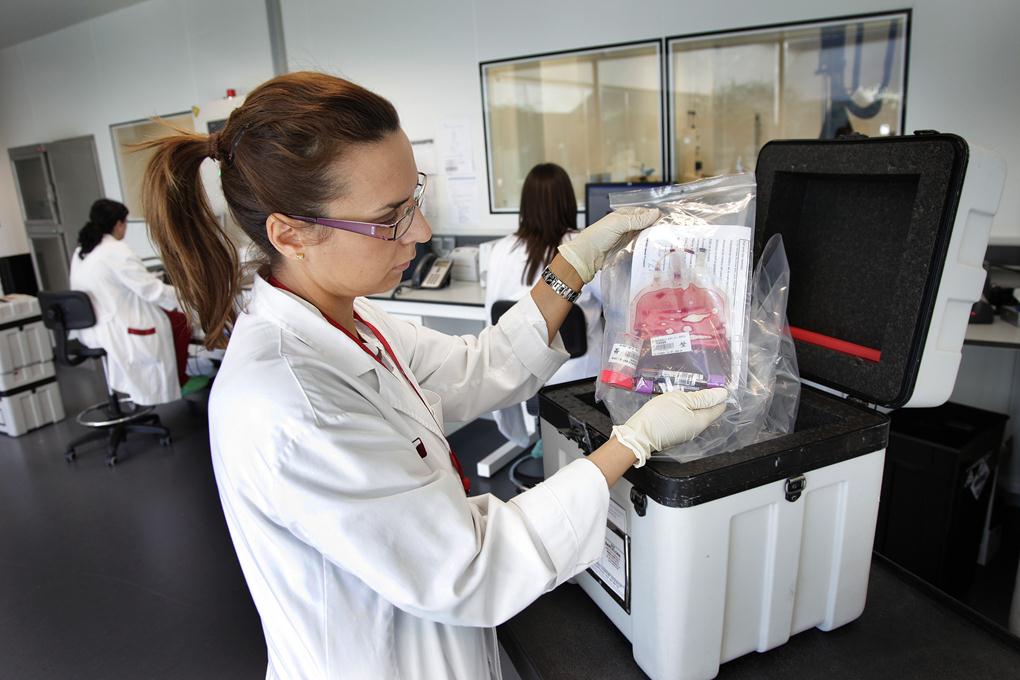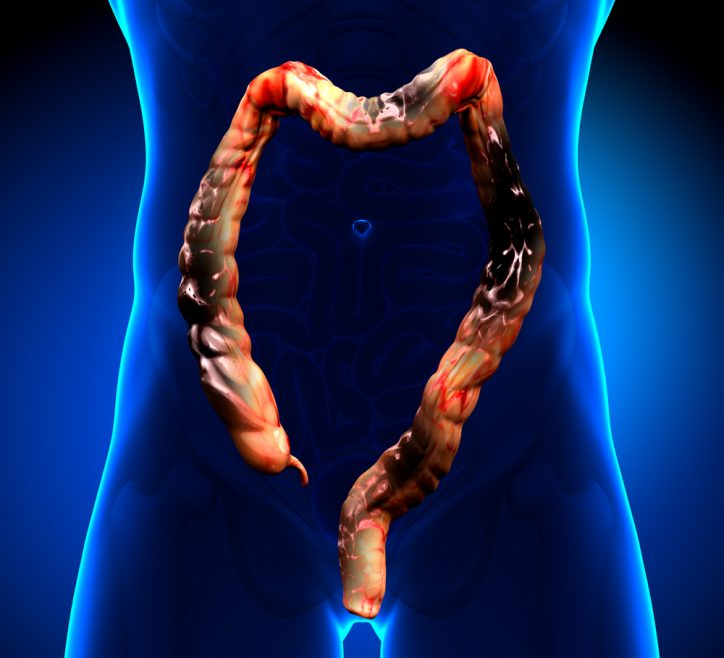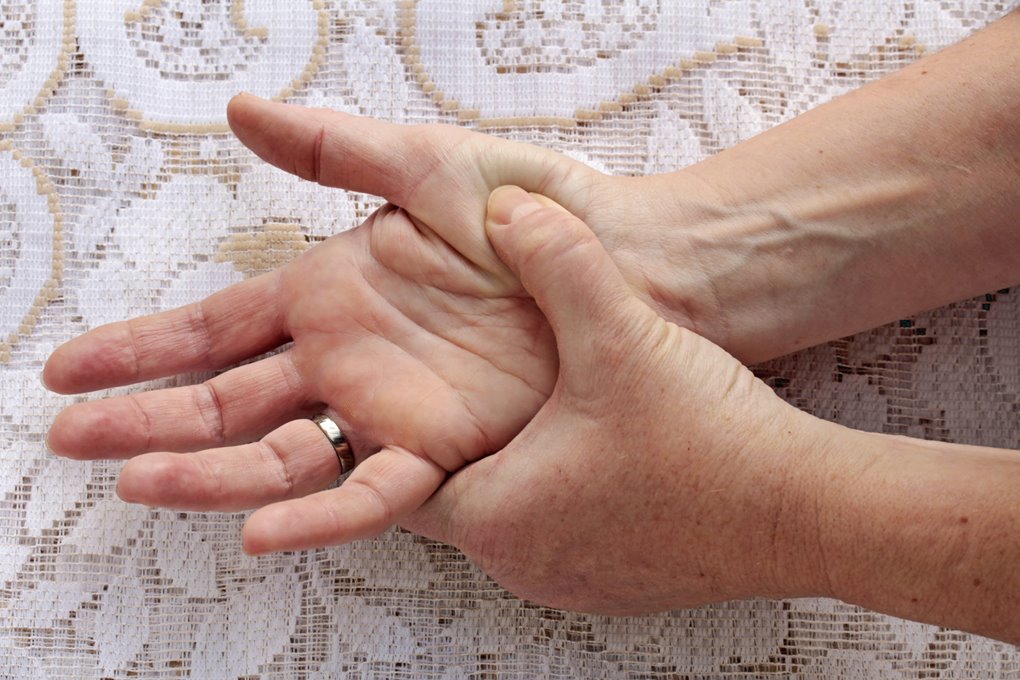Today, several adults have a certain form of gum disease. Gum diseases are commonly known as a periodontal diseases that affect the tissues and bones surrounding the teeth. Gum diseases range from plain gum inflammations to a severe infection, resulting into damages to the bone and tissues which sustain the teeth.
There are 2 separate stages of gum diseases. The first stage is known as gingivitis while periodotitis is the second stage. It is quite probable to have a gum gingivitis in case you smoke or don’t clean your teeth well.
What Causes Gum Disease?
Plaque is the main cause of gum diseases. However, other factors might also contribute to the periodontal disease. The factors include:
- Hormonal changes like those that occur during puberty, menopause, pregnancy and monthly menstruation. This makes the gum to be more sensitive thus making it easier for the development of gingivitis.
- Illnesses might also affect the condition of the gums. These include diseases like HIV and cancer which interfere with your immune system.
- Medications can also affect oral health since some usually lessen saliva flow saliva; a fluid which has protective effects on your teeth and gums. Some drugs like anticonvulsant medication and anti-angina drug also cause an abnormal growth of the gum tissue.
- Bad habits like smoking make it quite hard for the gum tissues to repair itself.
- Poor oral hygienic habits like not flossing and brushing your teeth on daily basis.
- Family history in dental diseases can also be one of the contributing factors for the diseases.
What Are The Symptoms Of Gum Disease?
Gum disease might progress painlessly just by producing a few obvious signs and symptoms even in late stages of this disease. Although the signs of periodontal diseases are often quite subtle, the condition isn’t entirely without warning having signs. Certain symptoms might point to some forms of this disease. The symptoms of the disease include:
- Gums which bleed during and also after tooth brushing
- Red, swollen and tender gums
- Persistent bad breath and bad taste in your mouth
- Receding gums
- The formation of pockets between gums and teeth
- Loose or even shifting teeth
- Changes in the ways the teeth fit together after biting down.
Even if you don’t notice any signs and symptoms, you might still have some degrees of gum diseases. In some individuals, the disease might only affect certain teeth like the molars. Only periodontists or a dentist can recognize and then determine the progress of the disease.
Risk Factors For Gingivitis
- Chewing or smoking tobacco
- diabetes
- consuming some medications (steroids, anticonvulsants, oral contraceptives, chemotherapy and calcium channel blockers)
- crooked teeth
- broken fillings
- dental appliances which fit poorly
- pregnancy
- genetic factors
- compromised immunity ( like HIV/AIDS patients)
How Is Gum Disease Treated?
The main goals of gum disease treatments are promoting reattachment of the healthy gums to your teeth; reduce swelling, reduce the depth of pockets, reduce the risk of infections and also stop disease progression.
Treatment options usually depend on the stages of the disease, how you might have responded to the earlier treatments and one’s overall health. Treatment ranges from nonsurgical therapies which control growth of bacterial to surgeries so as to restore the supportive tissues.
Sourced from: Alot
Photo by Steve Snodgrass / CC by




